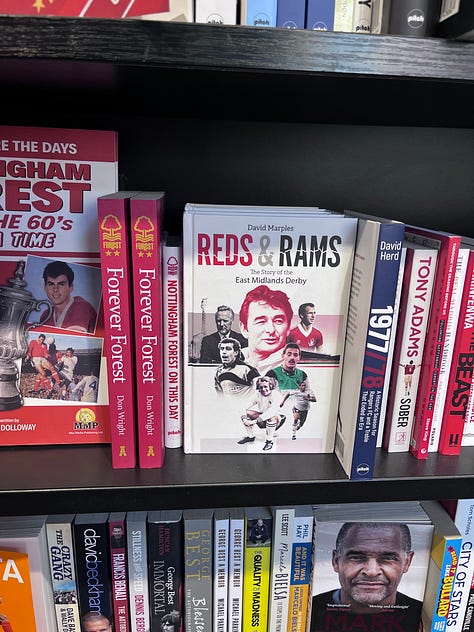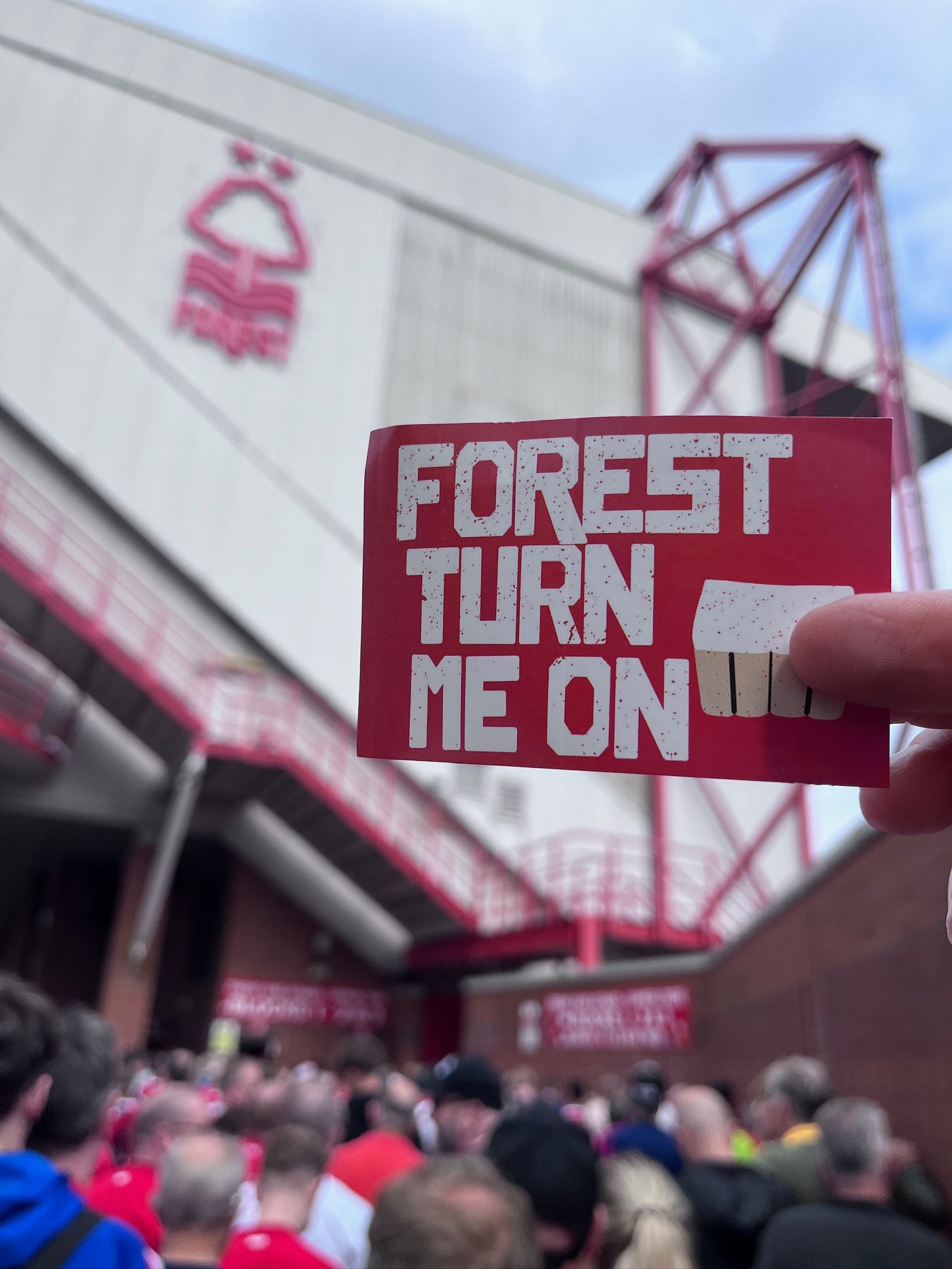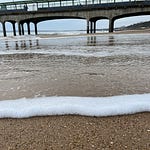Oh no. It’s happening again…
One can imagine these words being uttered by Washington Roebling – the American civil engineer who supervised the construction of the Brooklyn Bridge – just before he succumbed to the debilitating effects of caisson disease (The Bends, to you and I) at the age of age of 89.
You see, his father – John Roebling – pioneered the use of wire rope in bridge construction and in 1867 designed what would become the iconic Brooklyn Bridge. But on June 28, 1869, at Fulton Ferry, while he was standing at the edge of a dock, working on fixing the location where the bridge would be built, his foot was crushed by an arriving ferry. His injured toes were amputated. He rather stubbornly refused further medical treatment and wanted to cure his foot by water therapy (the continuous pouring of water over the wound, which even with my very limited understanding of biology and medicine, would say this would be somewhat limited in its effectiveness). Unsurprisingly, his condition deteriorated. 24 days after the accident, he died on July 22, 1869, of tetanus.
John’s son – Washington – who was assistant engineer on the project, consequently took the reins and became chief engineer.
The Brooklyn Bridge started to take shape, owing to Washington’s design of caissons (large watertight concrete structures, ideal for building large water based constructions, such as bridges). But in 1870, a fire broke out in one of the caissons. Washington himself aided in putting the fire out but working in compressed air under the river for a sustained period of time gave him the bends. His health deteriorated – owing to further affliction caused by this condition, one of them being an addiction to the drugs used for treatment – and he was no longer able to be so hands-on in the construction of the bridge. His wife – Emily Warren Roebling – took the helm and brought the bridge to completion in 1883.
Washington battled the after-effects from the caisson disease and its treatment for the rest of his life until his death in 1926. The construction of the bridge indirectly claimed the life of his father and now him.
It had happened again.
(Incidentally, his namesake and nephew, Washington Augustus Roebling II, son of his brother Charles G. Roebling, went down with the Titanic in 1912. Water really was the enemy of the Roebling men, a bit like sharks and the Brody family.)
On the opening day of the season, Bournemouth fans took huge delight in reminding the home crowd that it was indeed happening again. ‘It’ being Nottingham Forest once again failing to beat their team while also conceding a late goal at the City Ground, just for giggles and lolz.
The late equaliser was kind of coming, and kind of not. Around the 60th minute, as another Bournemouth cross or shot sailed harmlessly out of play, one started to feel that the Cherries had well and truly reached that marker of ineffectiveness: the huffing and puffing stage. But at the same time, this is Forest; this is Bournemouth; this is Forest at home to Bournemouth – and so a late equaliser – at least – kind of seemed inevitable.
And thus it came to pass. Just like a defender’s attempted clearance cannoned off one of their own players to benefit Forest for their opening goal; it was exactly thus for Bournemouth’s late equaliser.
Lots of things happening again.
Danilo: innocuous, sickening, wish him well. Tick.
Chris Wood: another goal, pleasing, wish it continues. Tick.
Ibrahim Sangare: starting to look like the player we hoped, pleasing. Tick.
Ryan Yates: just always pleasing, eager to please, like a bounding Labrador desperate to retrieve the ball and be a very good boy all of the time. Tick.
If The Bends are injuries caused by a rapid decrease in the pressure that surrounds you, of either air or water, perhaps Forest are at risk of suffering from them. After all, they are widely tipped to be relegated and so the pressure, from outside at least, may well be said to have decreased. Conversely, most Forest fans feel as positive as they have done in a long time going into the season. The reasons for this are numerous: no major sales, seemingly sensible signings, a sense of stability in the squad, a (mostly) chaos-free pre-season (by Forest’s standards, at least, give or take a striker allegedly filming sexual encounters). As it is, there appears to be an imbalance in the air pressure: optimistic mood in the camp; pessimistic outside. Or if you will, high air pressure inside; low air pressure outside. Which is absolutely fine.
A point at home against Bournemouth might feel a tad disappointing, but we are far from just lying in a bar with our drip feed on, Shouting at Nuno while waiting for something to happen (to paraphrase Thom Yorke of Radiohead).
It’s football. Things happen again all the time.
If you don’t know me, I am the author of ‘Reds and Rams: The History of the East Midlands Derby’ and ‘The History Boys: Thirty Iconic Forest Goals’ (both available in the Forest club shop). I have written pieces for Mundial magazine, Football Weekends magazine, edited two award-nominated fanzines and was a columnist in the Nottingham Forest programme for eight years.
If you do know me, I’m truly sorry.


















